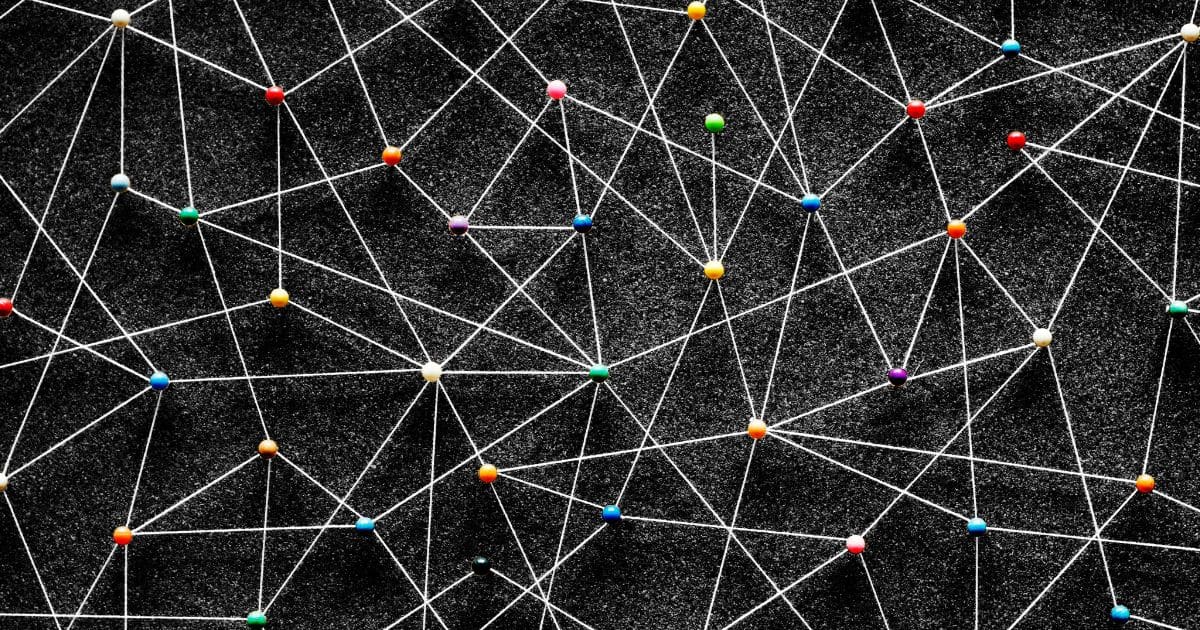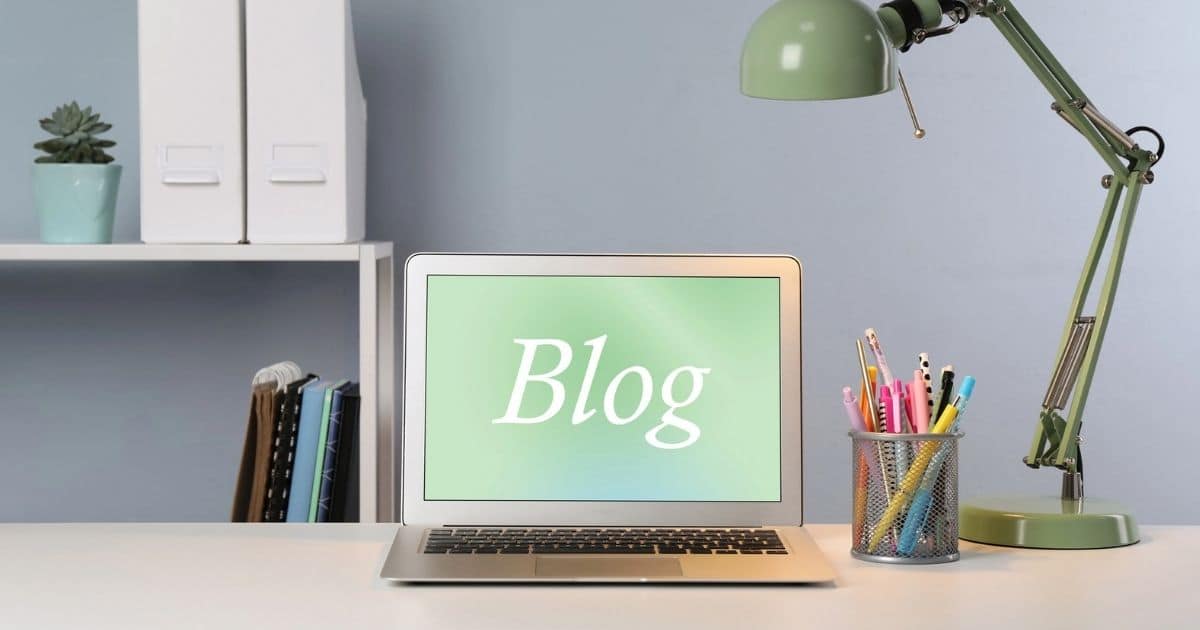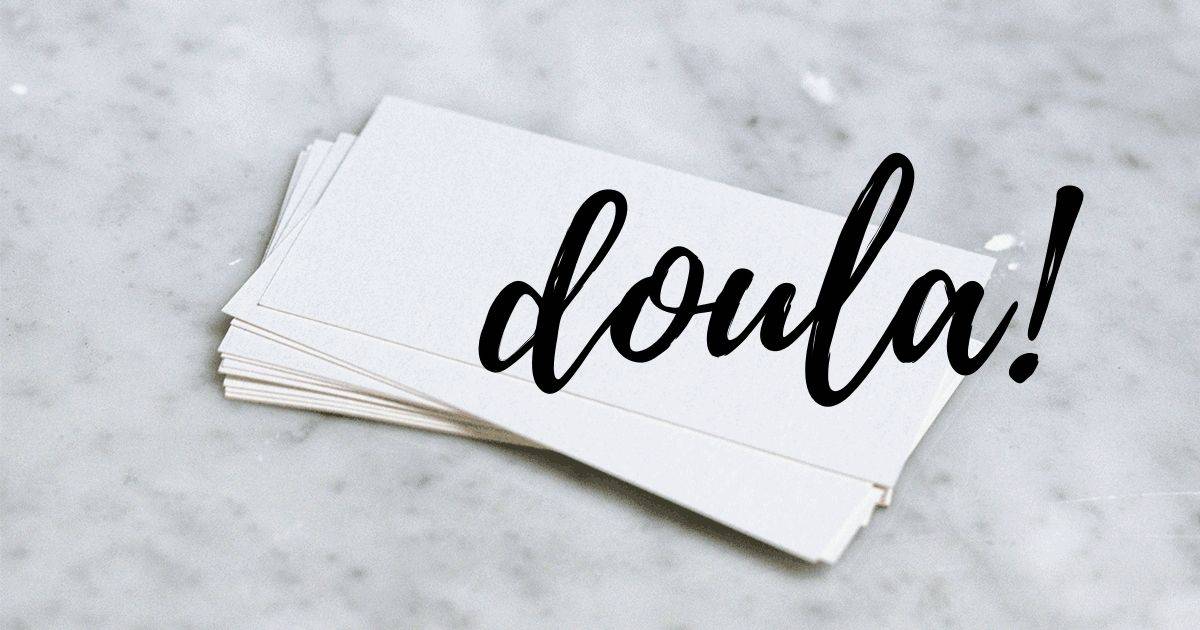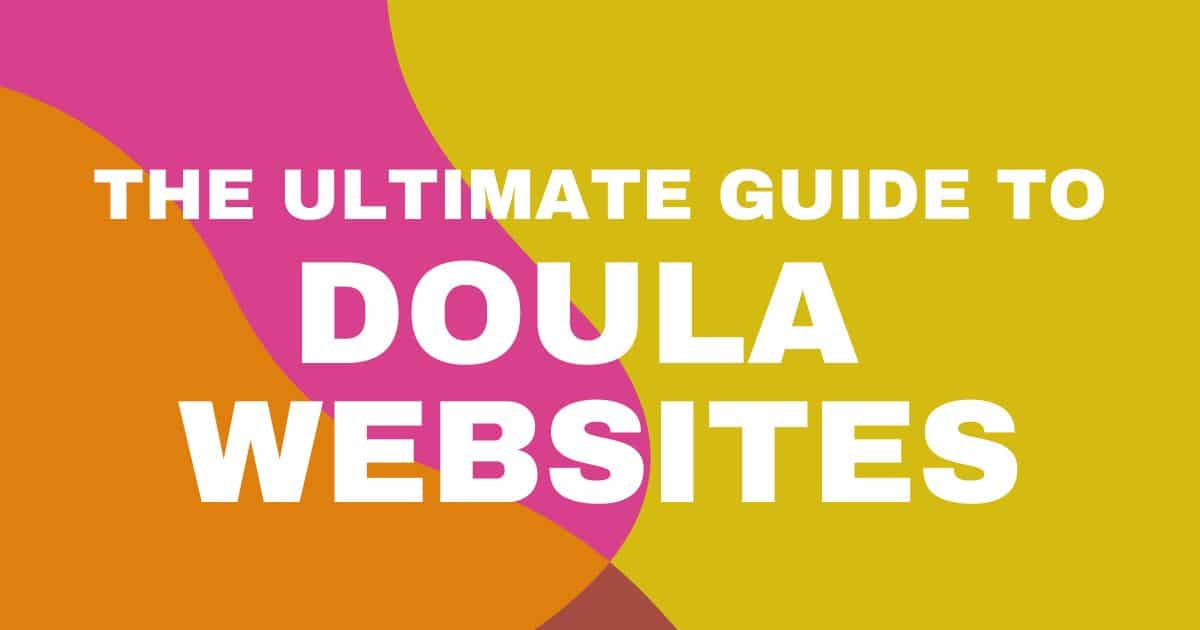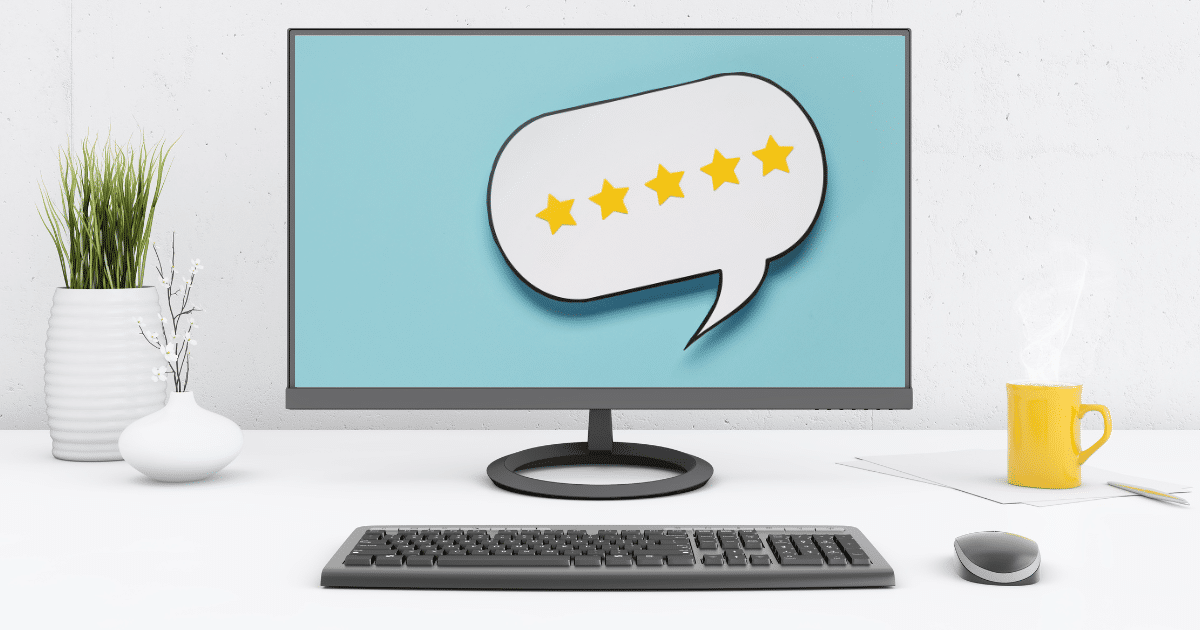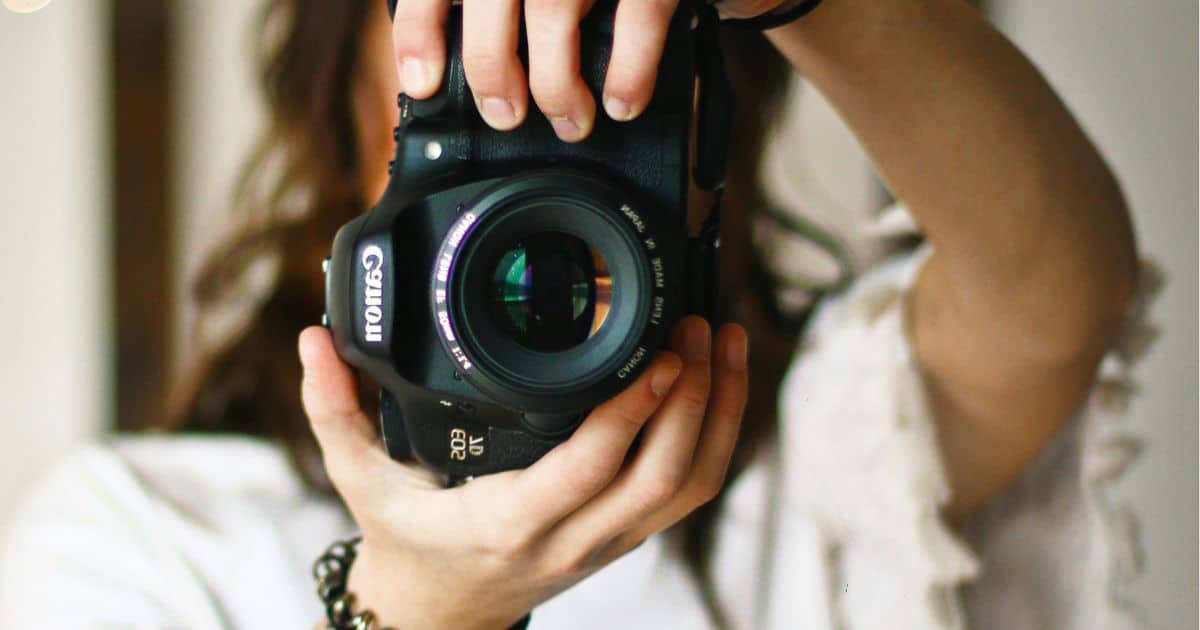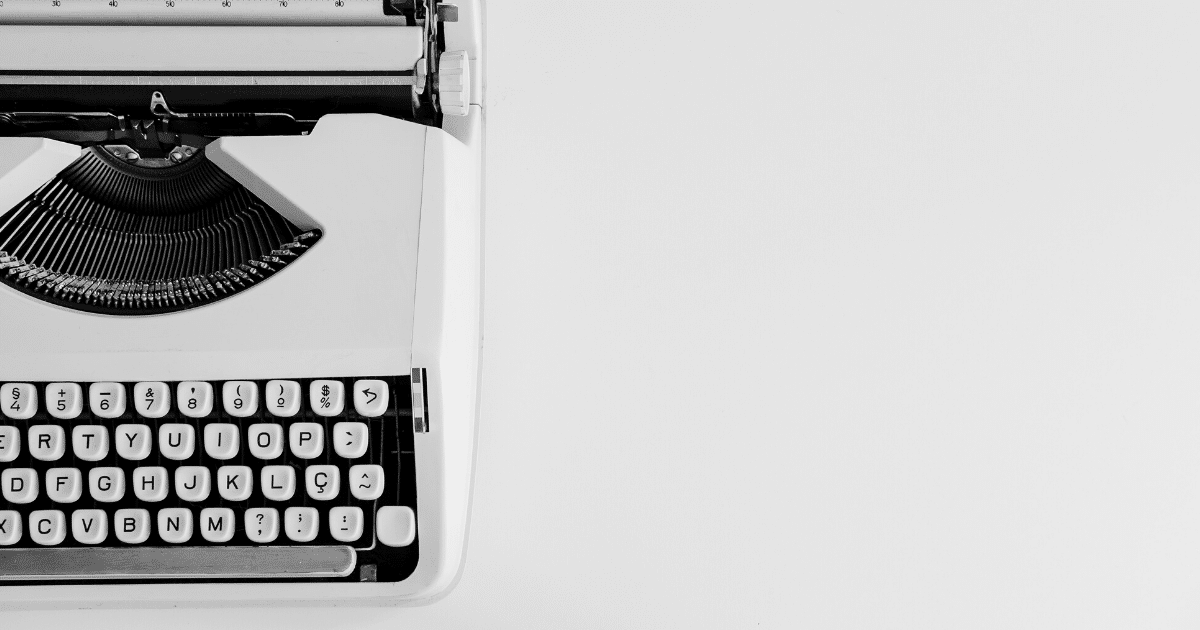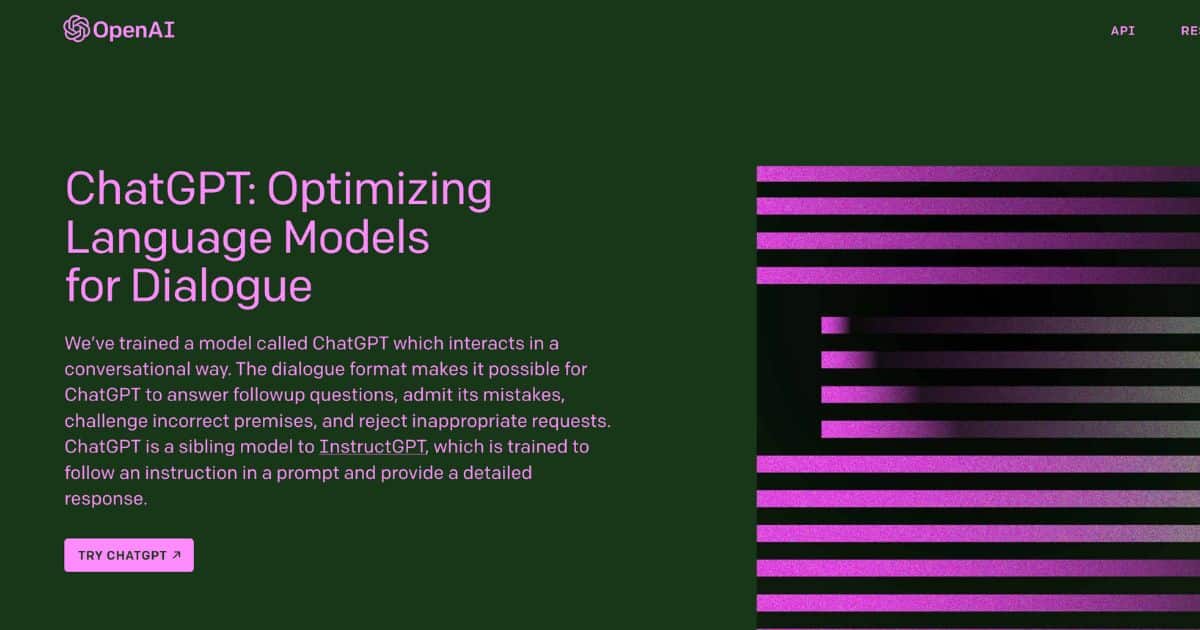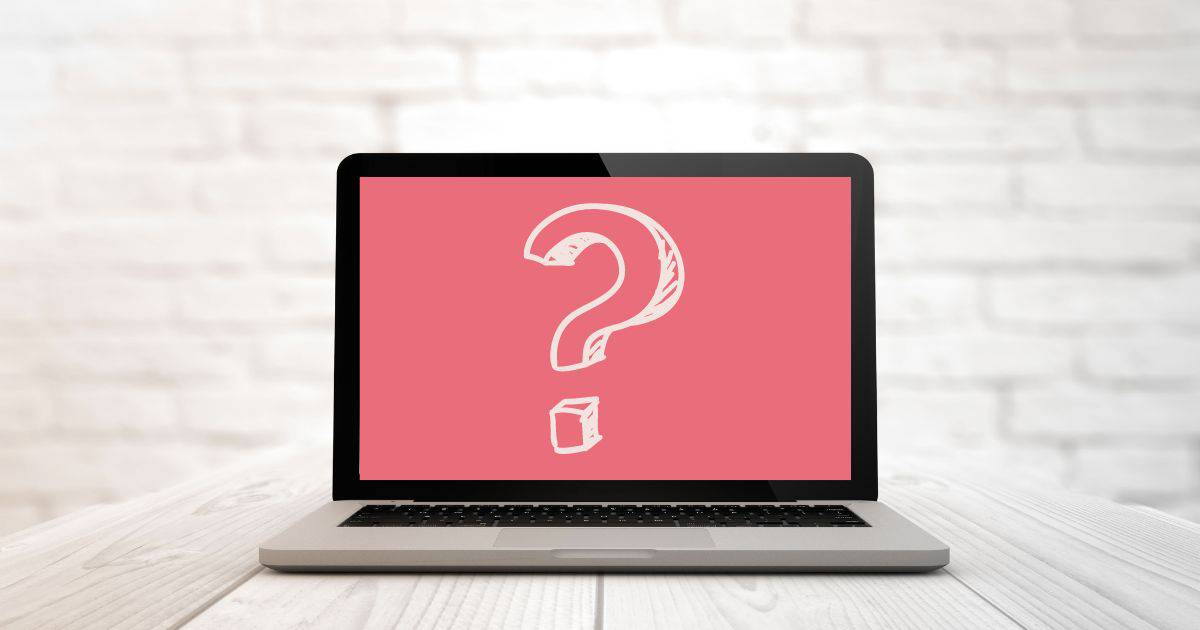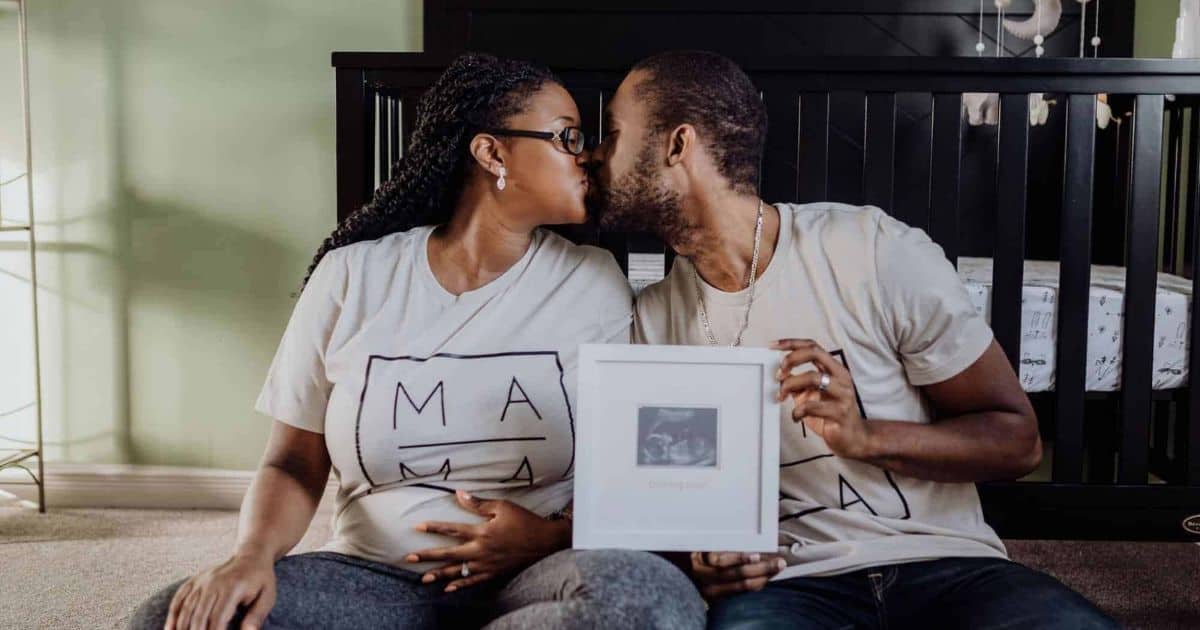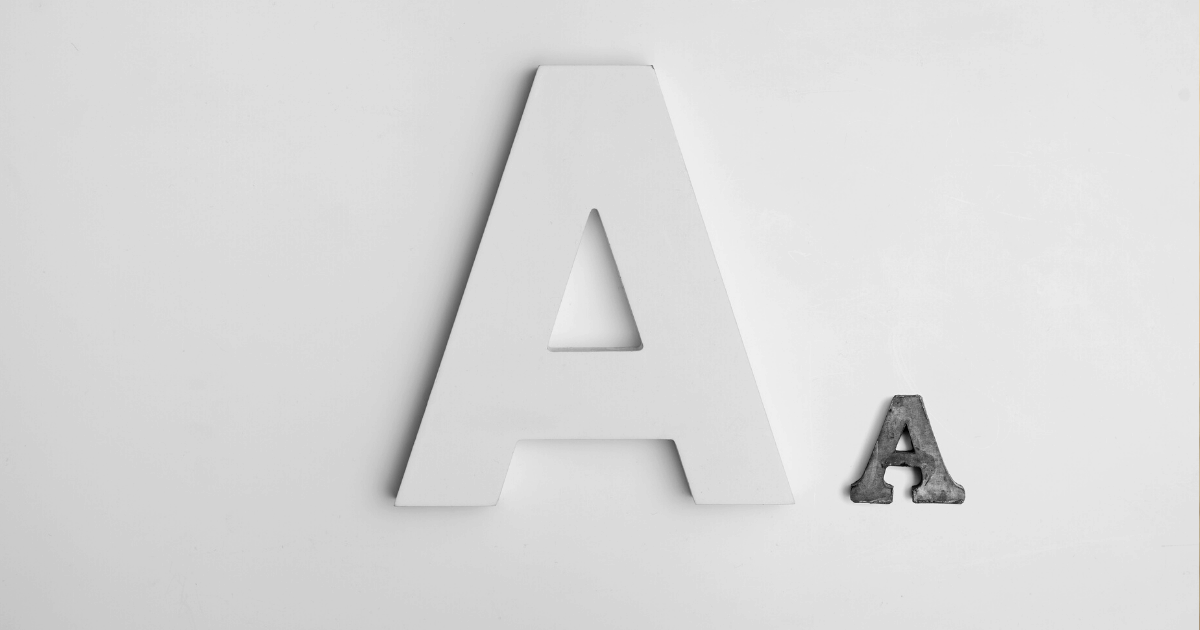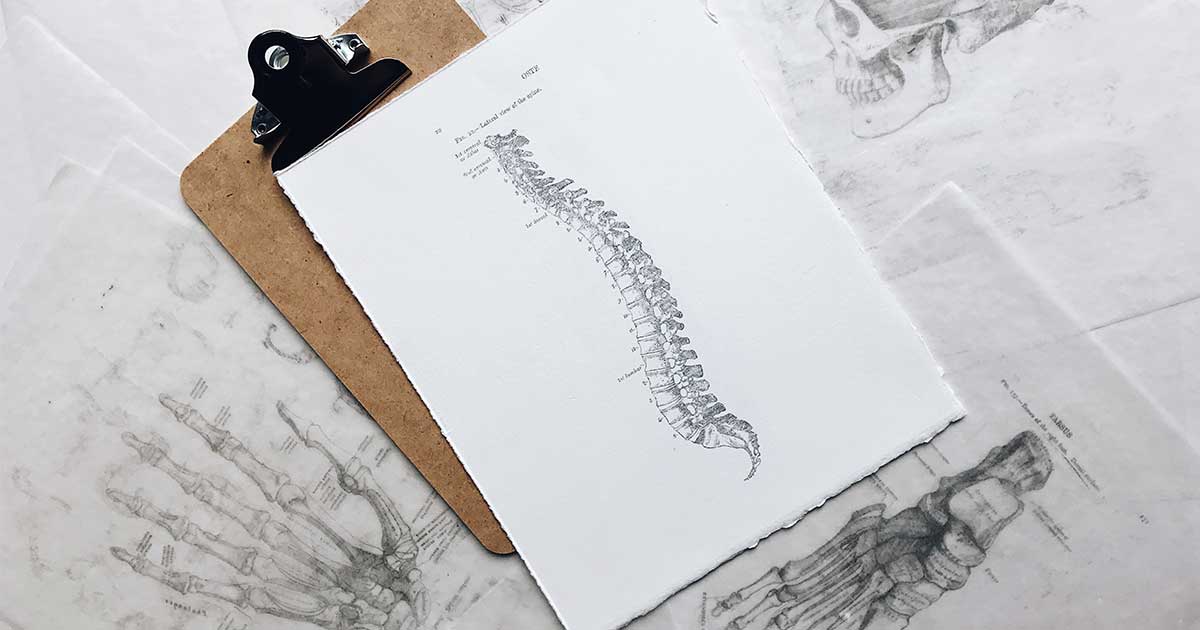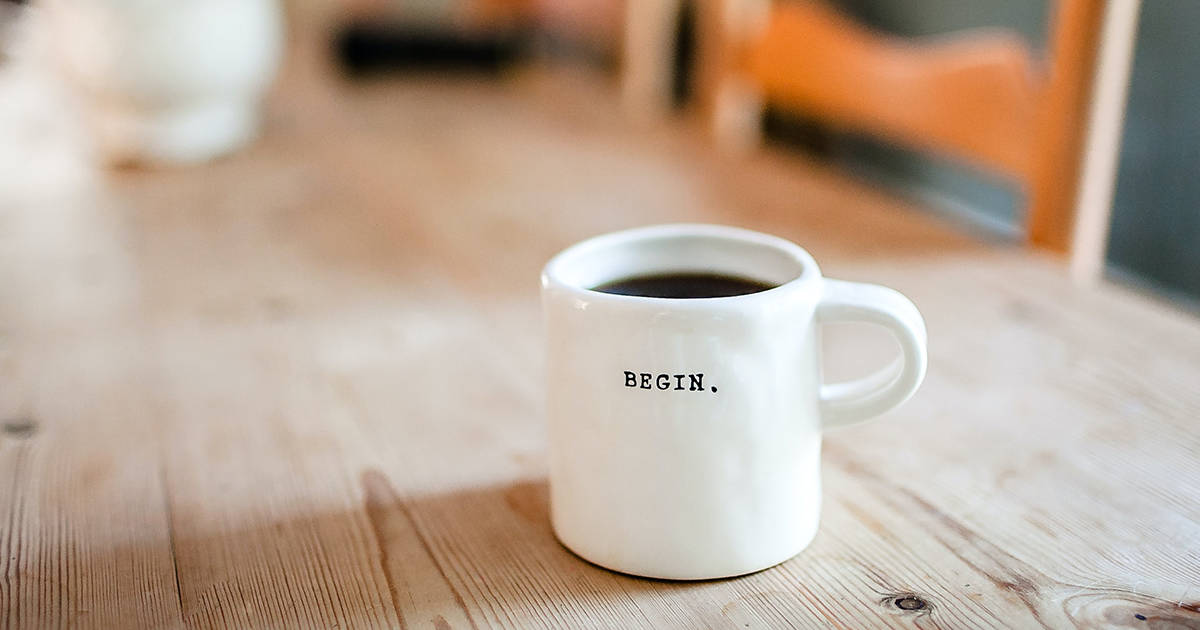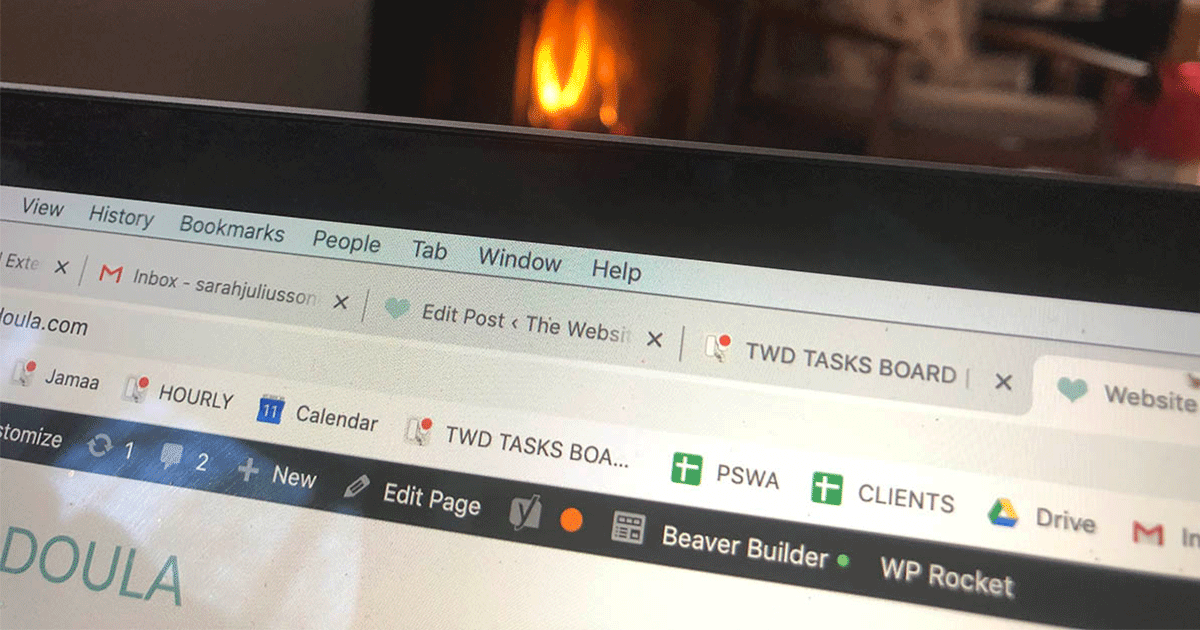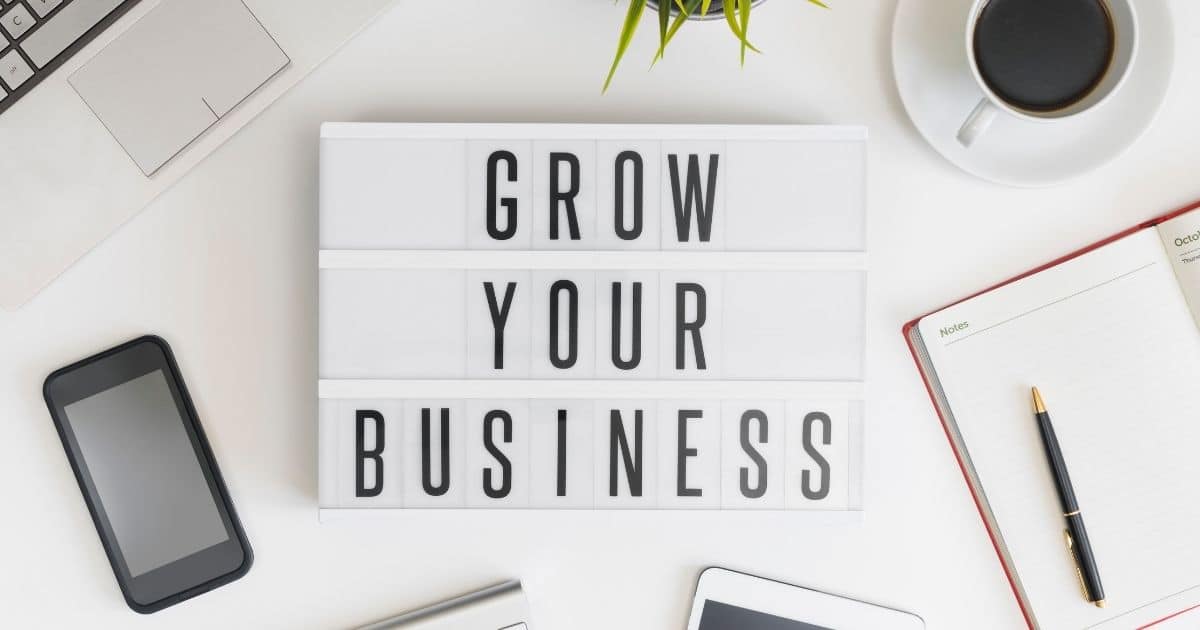Simple Logo Design: 6 Common Design Mistakes

As a web designer I have seen A LOT of logo drafts. While I do not do graphic design myself, my web design clients who choose to have an image-based logo often present me with various iterations of their concept needing feedback. Sometimes we get caught up in our ideas of all the symbols that mean so much to us, and forget to center on the client experience of our logo & the impact we need it to have. This post has a lot in common with my writings about the importance of white space in your website design – it’s all about making room for the user experience.
What we want is: Memorable and Pleasing to the Eye.
Too often what we come up with is: Confusing, Overwhelming, Awkward
Creating an effective logo is HARD! Unique logo design, while often simple in visual nature, is generally way more challenging to achieve.
Before we get into all the intricacies of logo design I first want to answer a key question: Do you even need a logo?
In short, NO. While you’ll see me talk a lot about simplicity in the following logo design tips, the simplest approach to logo design of all is… TA DA! Don’t have one.
A logo doesn’t make you magically more professional, or more attractive to potential clients. In fact, a poorly designed logo will have the OPPOSITE effect (and I know that’s the last thing you want!) If you don’t have the funds right now, or you just don’t at all feel clear on what you want, skip the logo! A simple “wordmark” logo is all you really need. Simply write your business name in a font that you like. You can even divide it into 2 lines and different fonts or colors if you want to get fancy. Unless you need to be a nationally recognized brand you don’t need to get overly stressed about having a visual logo. Is it nice to have a lovely logo? Of course! But you can have a thriving business without ever having an image-based logo.
6 Logo Choices that Don’t Turn Out the Way We Might Have Hoped
1. TOO MUCH COLOR.
Don’t confuse color with design. A common mistake is to use all the colors you love – all at once. Keep to 1 or 2 colors at most. Gradient colors in a small logo can also feel overwhelming to the eye. You want to use colors that match the energy of the services and products you provide, and elicit the emotions that you want viewers to feel.
Some designers actually create the logo in black and white first – this allows for a focus on design & visual impact first. At the very least, be sure to try converting your logo into grayscale to be sure it works in both formats. Your goal is to assess whether or not your logo has the “POP!!!!” factor to capture attention rather than feeling overwhelming. A logo that is all color with no white space will almost always not translate well into grayscale.2. TOO MUCH TEXT.
It can be tempting to fit your business name & the tagline onto your logo image. This is both unnecessary and distracting. In most cases, the tagline ends up too small for good legibility when fit onto a tiny business card, or the mobile version of your website. Fewer words is better – focusing on company name rather tagline.
That tagline can fit beautifully onto your business cards or website as it’s own design element. It does not have to be part of your logo. It’s also optimal to have a logo image that can be separated from your text rather than interwoven – this will allow you far more flexiblity in how you use your logo.3. COMPLEX IMAGERY.
A common mistake is to use too many elements to a design image. A simple logo is not only easier to understand, it also allows for greater visual recall. As well, more complex images generally don’t work very well at a small scale such as on phone, or business card, let alone as a favicon.
It can be hard coming up with a single image to represent your practice. But coming up with 2 images that complement one another? Even harder! While it may make perfect sense to you to combine the tree with a spiral in the trunk and and a butterfly, potential clients will most likely think “what on earth?” Our goal is for your audience to get an immediate feel for your practice via your imagery. They shouldn’t have to even pause on your logo to figure it out or wonder how the tree and the spiral and the butterfly interact – you want them to feel, not think.
“The brand’s message, story, promise, mission, vision and values must be defined, clear and in-place before any logo design begins. Then, the logo designer must express all of those things with colour, lines, shapes and fonts…whilst keep the visual brand identity simplistic. Just like it’s easier to write a 1000-word essay than it is to condense it down to 200 words, a simple logo can require more work than a complicated one.” – How to Build a Brand
Are you noticing a trend here? The key words are “TOO MUCH”! Keep it simple, friends.
4. LITERAL IMAGES.
Often I see clients get caught up in needing to have an image that literally represents what we do. This generally leads to highly complex images (see #4) that distract from our core message rather than enhance it. A logo is not an illustration, it’s a representation or interpretation of the essence of what you do. Remember that McDonalds is just a yellow M, and Nike a swoosh. Focus on symbolism over literal representation.
“A logo does not sell (directly), it identifies. A logo is rarely a description of a business. A logo derives meaning from the quality of the thing it symbolizes, not the other way around. A logo is less important than the product it signifies; what it represents is more important than what it looks like. The subject matter of a logo can be almost anything.” – Designer Paul Rand

5. CLIPART
Yes, I get that there is lots of clip art out there that you can source from to patch together a logo. There are a few issues with this. While it’s an affordable solution, this also means that everyone else in your area has access to the same images. I’ve seen practitioners end up having a similar logo to multiple others in their community. Also, the design quality on a lot of clip art is often … questionable. Finally, it can be hard to verify if you truly have license to use it for commercial purposes. If you’re looking for gorgeous imagery you can use for a logo design, check out Creative Market (be sure to purchase a commercial license).
6. POOR FONT CHOICES
While, this connects into issue #2 – too much text – font choices deserve their own section here. Fonts that are difficult to read, or overused, or out-of-date. You’ll find more font tips in my post on Common Website Design Mistakes! Also, it is super helpful to use a font that translates well into a website – not all fonts have webfont versions that are available and/or affordable. If you’re working with a graphic designer, make sure you know what fonts they are using, and whether or not you can access a commercial-use webfont version at a reasonable cost.
Thinking of a lotus flower or silhouette logo design? Think again.
I know, I know… lotus flowers are lovely, and full of great symbolism.. And what could be sweeter than a sihouette of mother & child? Here’s the deal:LOTUS FLOWERS
They are everywhere. Yoga studios, health coaches, childbirth classes, chiropractors, counselors, holistic nutritionists, meditation experts. They are so overused that you lose any chance of a memorable logo that sets you apart.

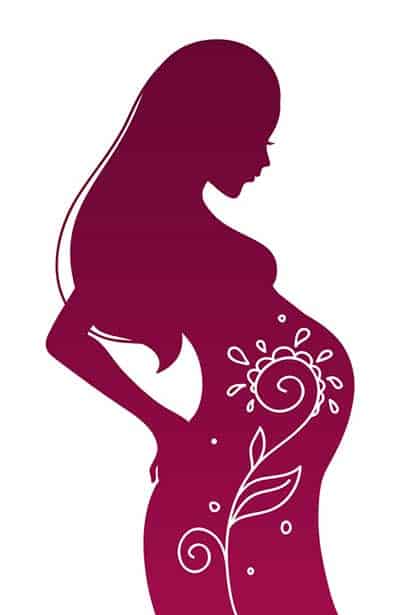
PHYSICAL SILHOUETTES
I have a few issues with these… They are very common in the birth & wellness industry, so similar to lotus flowers, overused. More importantly, they instantly make me think of the “mudflap girl” found on truck mudflaps & endless truck stop t-shirts. They almost inevitably capture a specific physical “ideal” that likely does not resonate with many of your potential clients. As a woman of larger body size, I personally feel instantly turned off when I see images of this nature, even with their lovely big round belly silhouettes.
Plus simply from a use perspective, physical silhouettes generally result in logos that are more vertical in shape than horizontal or with equal dimensions. These are much harder to use in a web design due to the vertical space they take up.
In conclusion…
Simple is nearly always better. Simplicity creates clarity of message, memorability, clean design, and higher engagement with your content. These are all things we want – because they are what create conversion into paying clients.
HOW CAN I HELP YOU?
Hi there, I’m Sarah Juliusson, and yes I really am a Website Doula. I support your practice growth with creative website design, seasoned business guidance, and plenty of great resources to help you find your way. With 13 years in web design, and another 20+ years as a health & wellness pro, I believe in the value of your work as much as you do. Explore your options for a custom website today.


